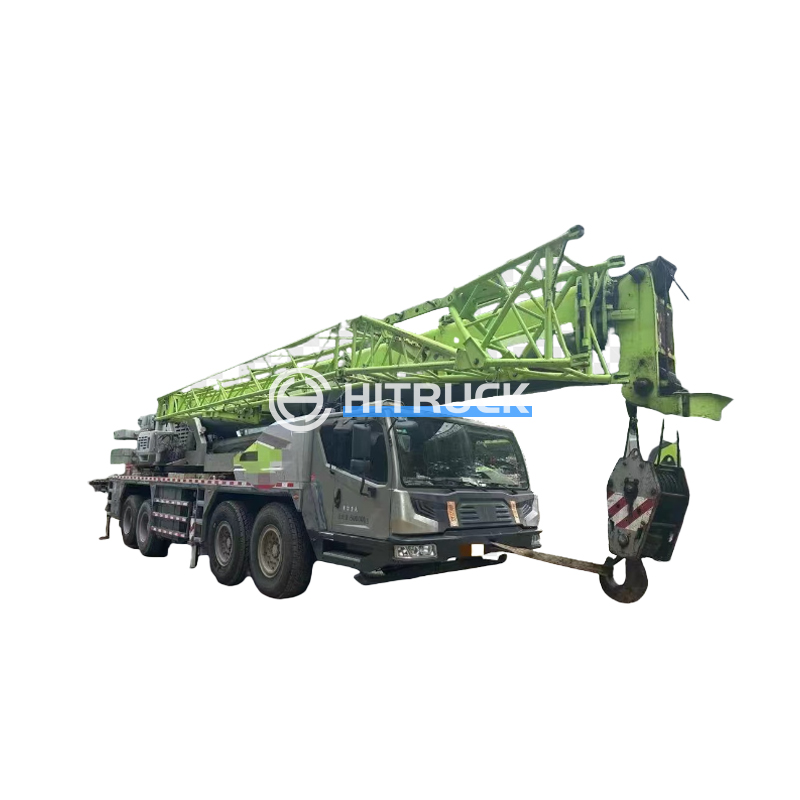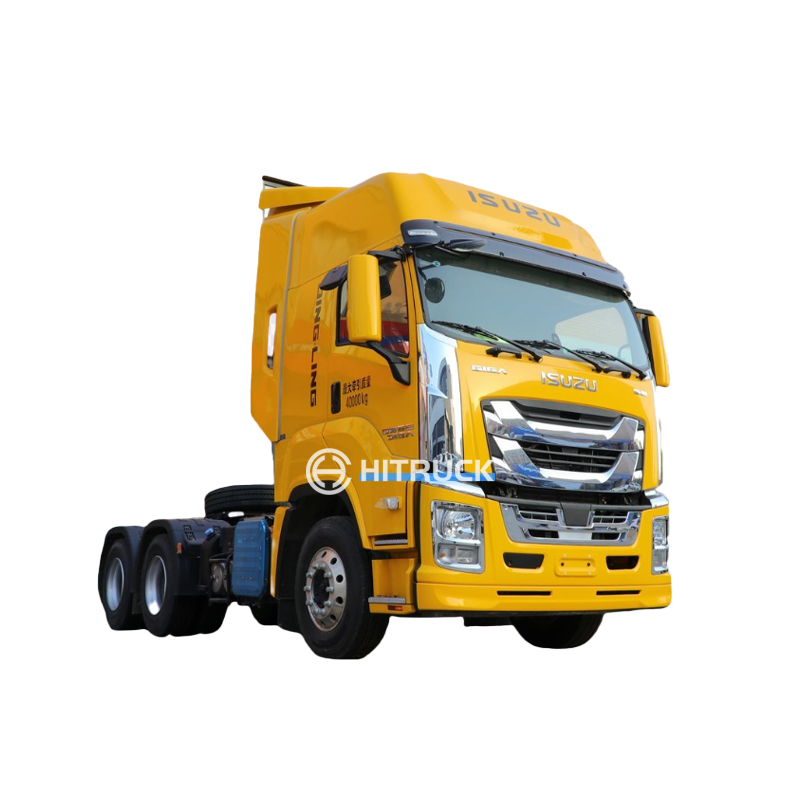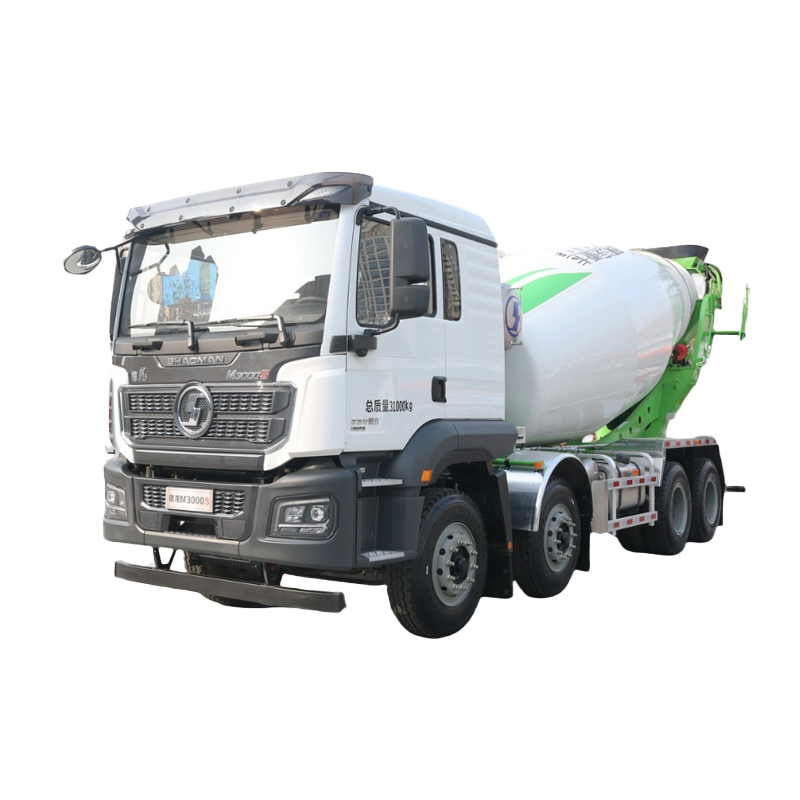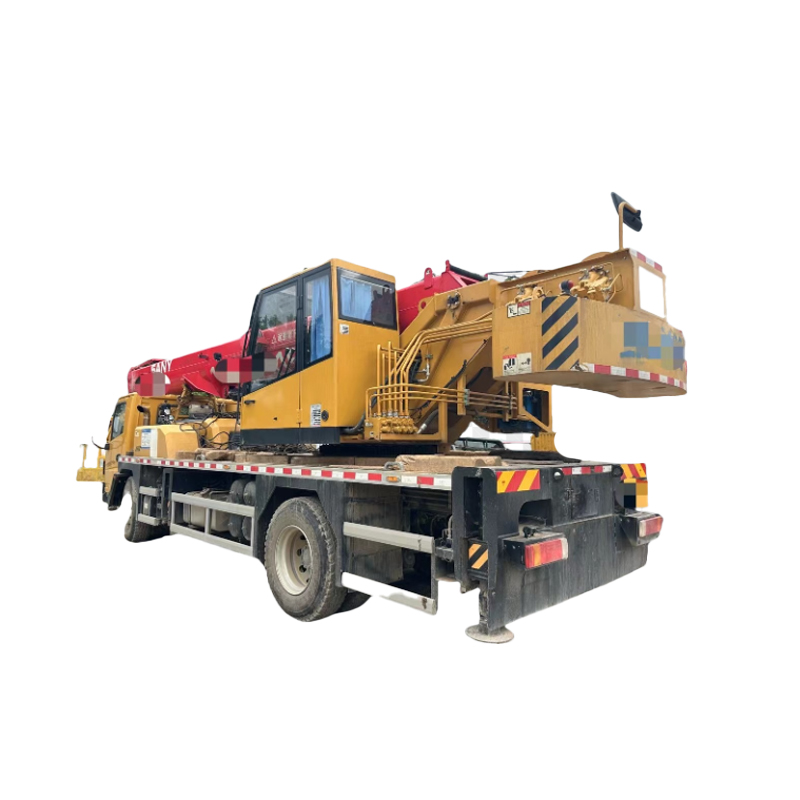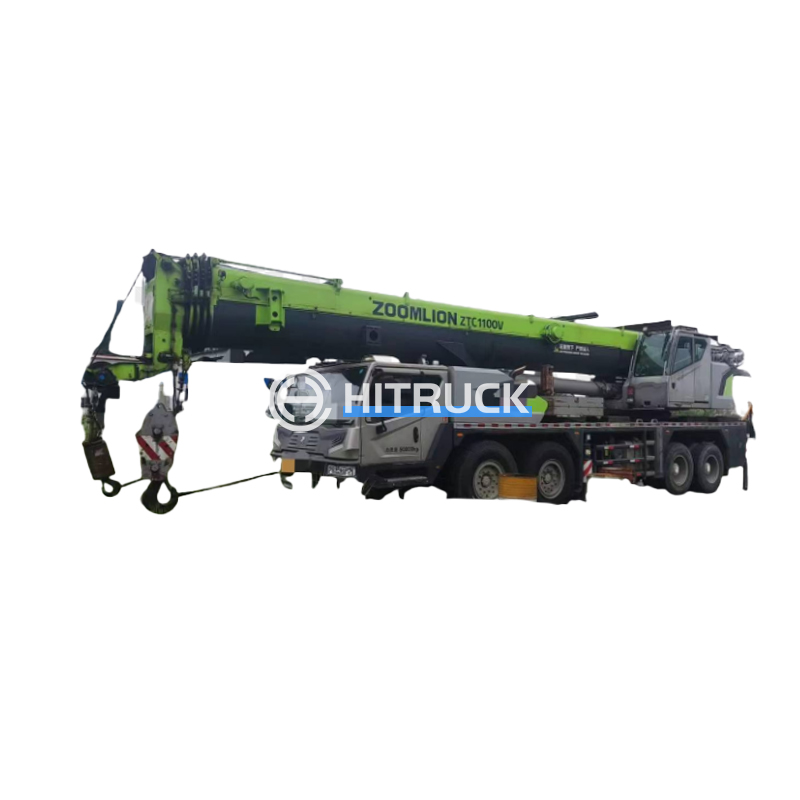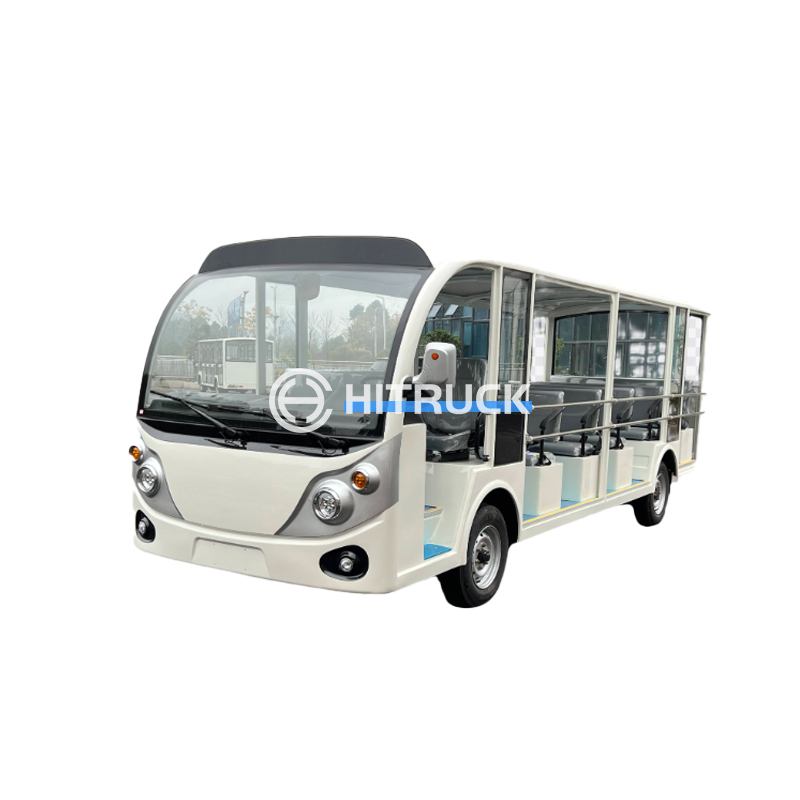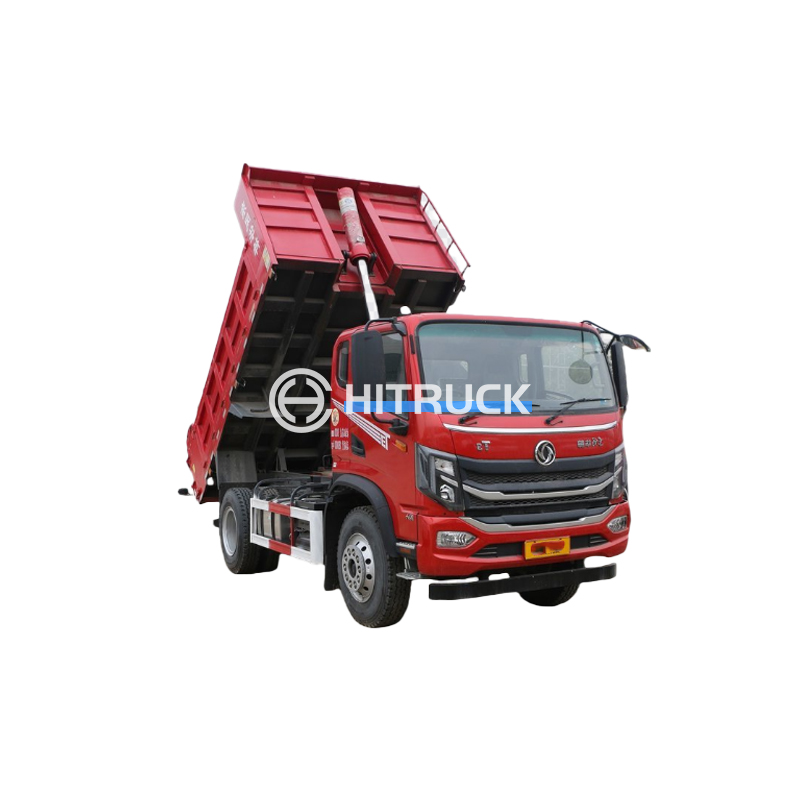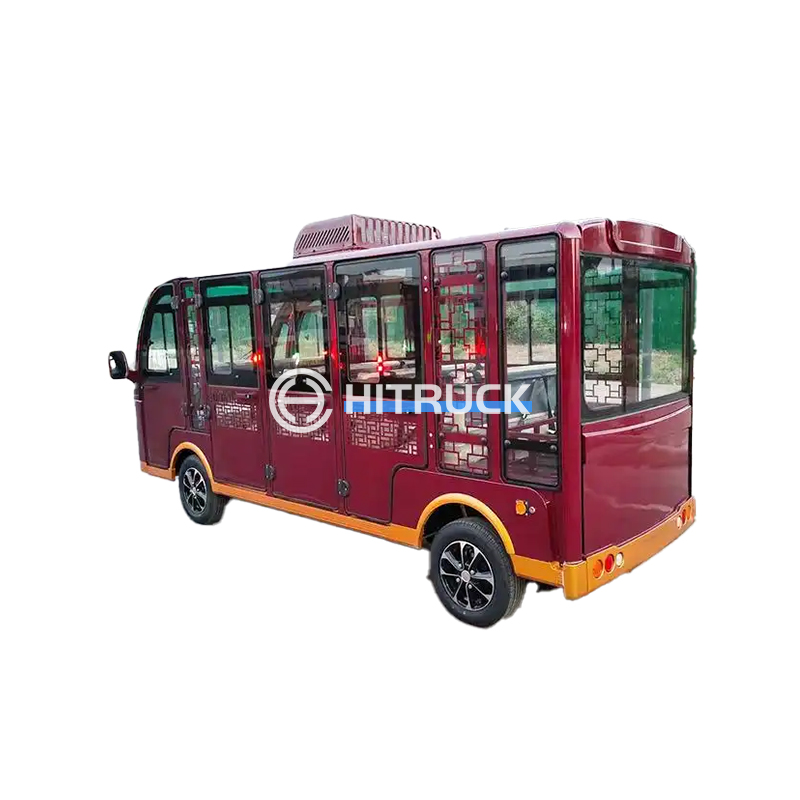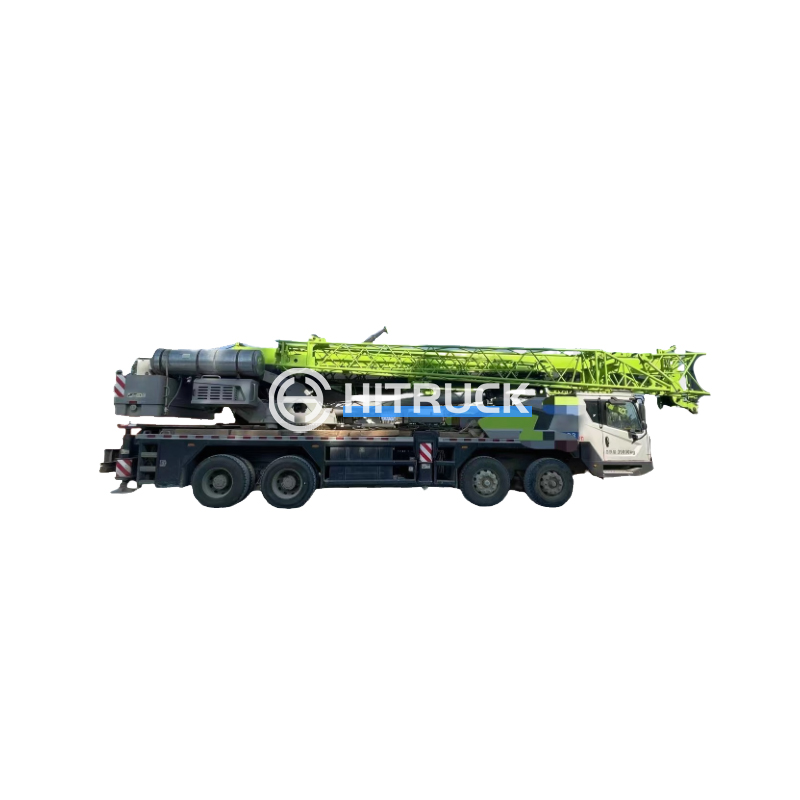This comprehensive guide explores the world of cement concrete mixer trucks, providing essential information for making informed purchasing decisions. We'll cover key features, different types, considerations for various applications, and factors to prioritize when choosing the ideal truck for your needs. Whether you're a construction professional, contractor, or simply curious about these vital pieces of equipment, this guide will equip you with the knowledge you need.
Self-loading mixer trucks combine the functions of a concrete mixer and a loader, eliminating the need for separate loading equipment. This significantly boosts efficiency and reduces labor costs. They are ideal for smaller projects or locations with limited access where maneuvering larger equipment can be challenging. However, their capacity is generally lower than that of standard mixer trucks.
Transit mixer trucks, also known as ready-mix trucks, are the most common type. They transport pre-mixed concrete from a batching plant to the job site. Their large capacity makes them suitable for large-scale construction projects. Key factors to consider include drum capacity and the type of drum rotation mechanism (typically either a drum that rotates on its axis or a twin-shaft mixer).
Pump trucks combine a mixer drum with a concrete pump, allowing for direct placement of concrete into forms and foundations. These are very efficient for high-rise construction and projects where precise concrete placement is crucial. They can reduce labor costs and accelerate project timelines. However, they are also among the most expensive options.
When selecting a cement concrete mixer truck, several factors must be considered:
The drum capacity determines the amount of concrete the truck can transport in a single load. Larger projects will require trucks with larger drum capacities.
A powerful engine is essential for efficient mixing and transportation, especially in challenging terrains. Fuel efficiency is also a significant factor to consider for cost-effectiveness.
The chassis and suspension must be robust enough to handle the weight of the concrete and the rigors of construction sites. Look for durable components designed for heavy-duty use.
The type of mixer (drum type, twin shaft, etc.) impacts the mixing quality and efficiency. Different mixer types are suitable for different concrete mixtures and applications.
The optimal cement concrete mixer truck depends on factors such as project size, terrain, budget, and specific job requirements. Smaller projects may only require a self-loading mixer truck, while large-scale construction projects often benefit from the higher capacity of transit mixers or the efficiency of pump trucks. Always consult with construction equipment professionals to make an informed decision. For a broad selection of high-quality trucks, consider exploring options at reputable dealers like Suizhou Haicang Automobile sales Co., LTD.
Regular maintenance is critical for extending the lifespan of your cement concrete mixer truck and ensuring safe operation. This includes regular inspections, lubrication, and timely repairs. Proper safety procedures should also be followed at all times during operation and maintenance to prevent accidents. Always prioritize the safety of personnel and comply with all relevant safety regulations.
| Truck Type | Capacity (cubic meters) | Typical Applications |
|---|---|---|
| Self-Loading | 3-7 | Small-scale projects, residential construction |
| Transit Mixer | 6-12+ | Large-scale construction, infrastructure projects |
| Pump Truck | Variable, often combined with transit mixer capacity | High-rise buildings, projects requiring precise placement |
This information is for general guidance only. Always consult with industry professionals and equipment manufacturers for specific recommendations and safety guidelines.

